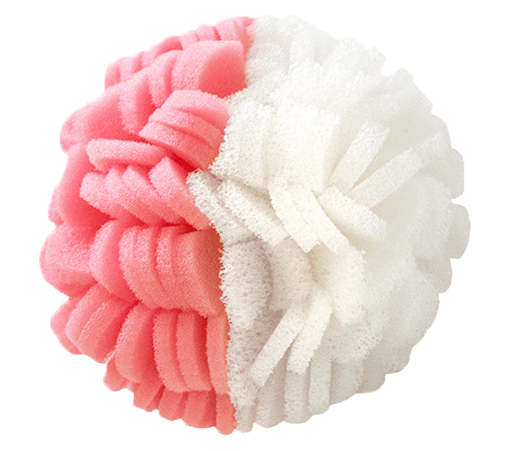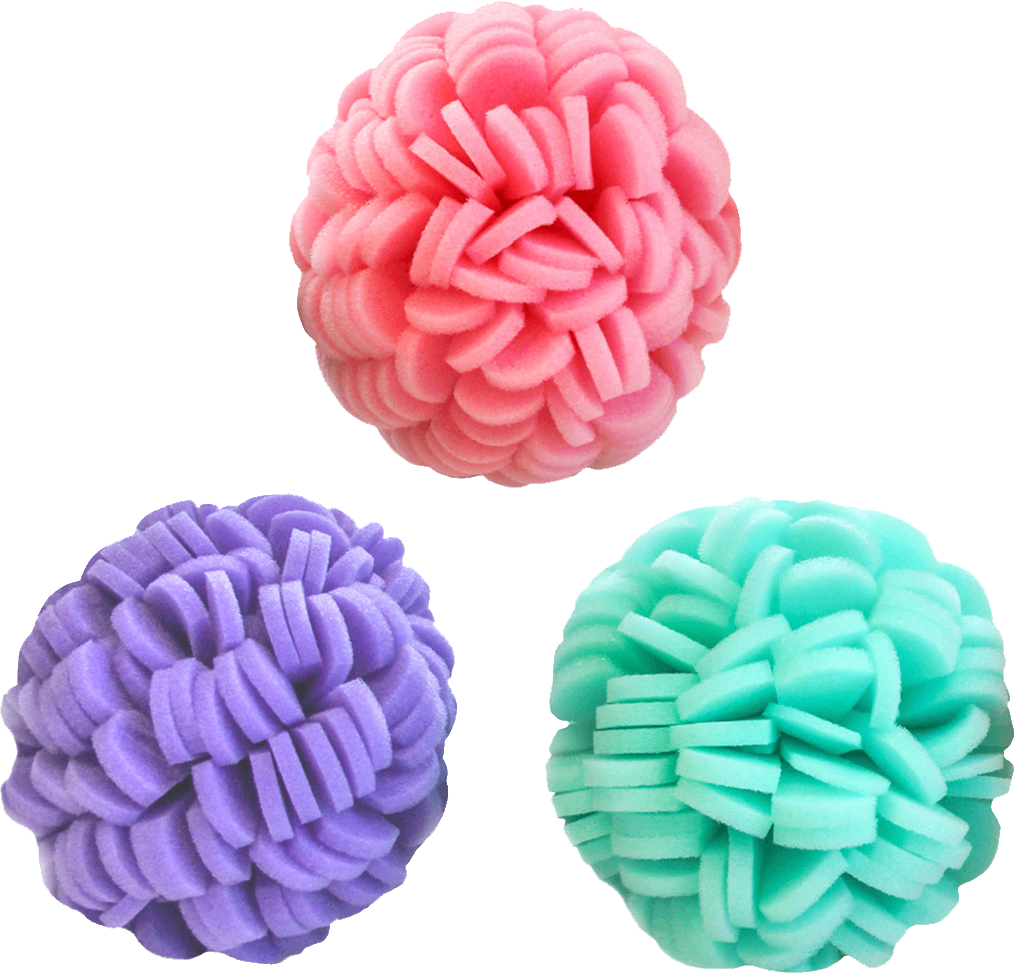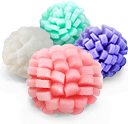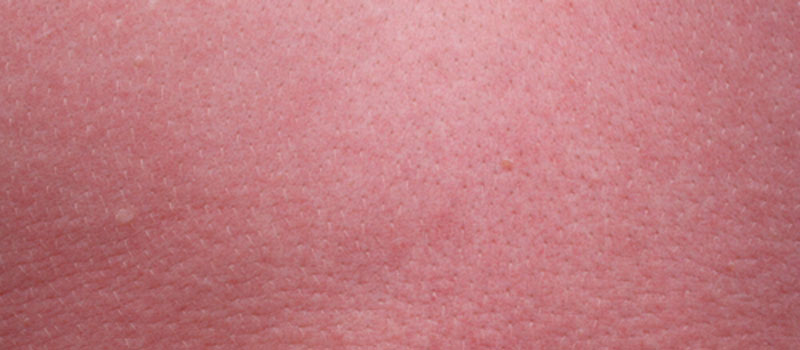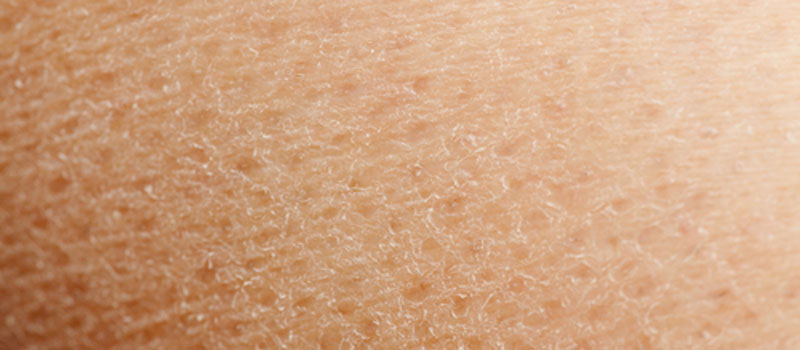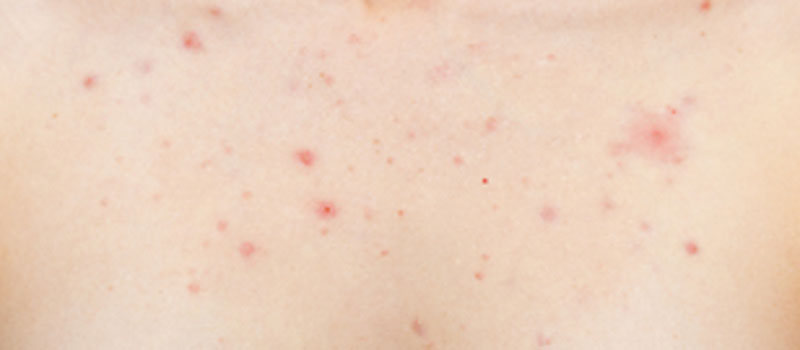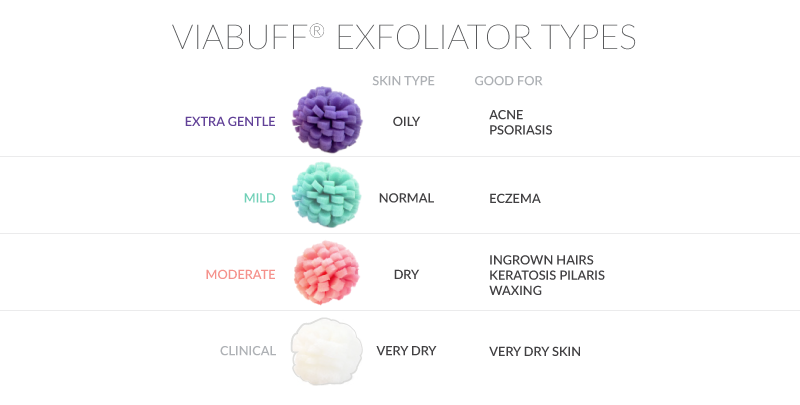Hangovers. Love handles. Fatigue at work. All of these are signs of too much of a good thing.
When it comes to skin care, it’s hard to get too much exfoliation. Exfoliating removes dead skin cells, dirt, sebum, and debris on the surface of the skin. Skin is left with smaller-looking pores. Other skin care products also penetrate the skin better.
However, it is possible to get too much exfoliaton. Here are some of the signs:
1. You have the classic signs of a burn: Red, inflamed, and/or irritated skin.
Burns are one of the more common signs you are overdoing it with your skin care. These are especially noticed when using physical scrubs or microdermabrasion, and/or chemical peels including salicylic, glycolic, malic, and/or lactic acids. Retinoids are another common offender.
Keep in mind it is not necessary to exfoliate your skin more than once per week. Those starting with a retinoid regimen can also benefit from using their skin care once every 2-3 days at first, gradually working up to once daily as their skin learns to tolerate it.
2. Your skin feels more dry than when you started.
Like burning, increased dryness is more common with scrubs, peels, microdermabrasion, and retinoids than other ingredients. The right cleanser will leave your skin feeling soft, smooth, fresh and clean after you use it, not dry, tight or irritated.
Again, certain ingredients can make skin look worse before it gets better. These include alpha hydroxy acids, microdermabrasion crystals, niacin, and retinoids. It is always best to consult with your dermatologist. If your skin is red, inflamed, irritated, or dry, cut back on your usage. Allow your skin to build up some tolerance.
3. You have small blisters, draining in fluid and crusting in severe regions.
Small blisters with these characteristics are a telltale sign you are suffering from contact dermatitis, which results from exposure to allergens or irritants. Common irritant offenders include harsh soaps, chemical solvents, and cosmetics or skin products, including deodorant.
Although many people often assume it can only be contact dermatitis if all of the locations directly contacted by an aggravating agent are affected, this is not the case. If you apply a lotion all over your face, for example, you may only get contact dermatitis on small patches of your cheeks or forehead – not your entire face.
It is also not true contact dermatitis only affects regions that are directly in contact by the offending agent. If you develop a skin sensitivity to an agent, and that later enters your body through food, drink, medications and/or supplements, you may have another reaction that affects larger areas of your body. This is sometimes seen with chemicals like avobenzone and oxybenzone in sunscreen.
It is important to see your dermatologist if you think you are exhibiting the signs of contact dermatitis. He or she may prescribe a hydrocortisone cream and/or oral corticosteroids, depending on the severity of your condition.
4. Your makeup looks like it is painted on with a brush.
If you are using too much of your serum, moisturizer, or make-up products, this will cause your silicone-based makeup products to lay on the surface of the skin, rather than slyly fill in fine lines and wrinkles. Silicone-based products are designed to disguise signs of aging in this way! Not sure if your products contain silicones? Look for ingredients like dimethicone, cyclopentasiloxane, cyclohexasiloxane, and phenyl trimethicone.
5. You are experiencing an increase in the number of breakouts.
Overtreated skin may demonstrate signs of inflammatory acne. This is most common in women who are premenopausal and applying too many peels and alpha hydroxy acid-based creams. The reason? A sudden change in hormones causes swelling and relatively deep inflammation within the follicle. Peeling agents accelerate the rate of cell turnover, aggravating the region further. A telltale sign is pain, as inflammatory acne lesions will often create pressure on nerve endings.
Inflammatory acne is in sharp contrast to non-hormonal acne, which develops more slowly as the result of build-up of sebum within the follicle. It is less painful. Non-hormonal acne, which occurs in various forms, may be the result of using too many skin care products. For instance, it is a bad idea to use ingredients that trap moisture into the skin with common irritants, as the irritants become trapped into the skin as well.
In Summary
I hope the above tips help you determine if you are overdoing your skin care regimen.
One great tip is to make sure that you are using the correct exfoliator for your skin type and concerns! Below is a graphic to help you find the right exfoliator:

